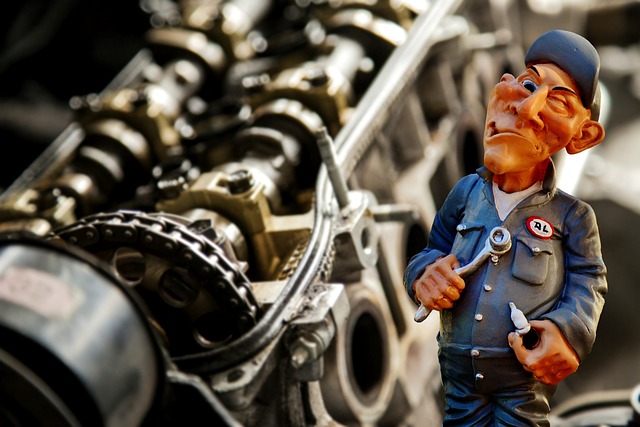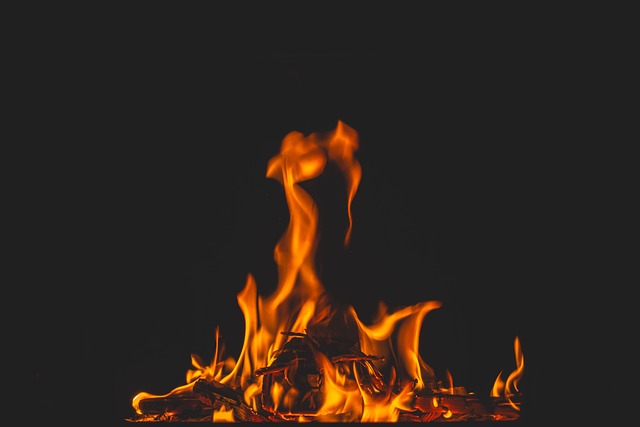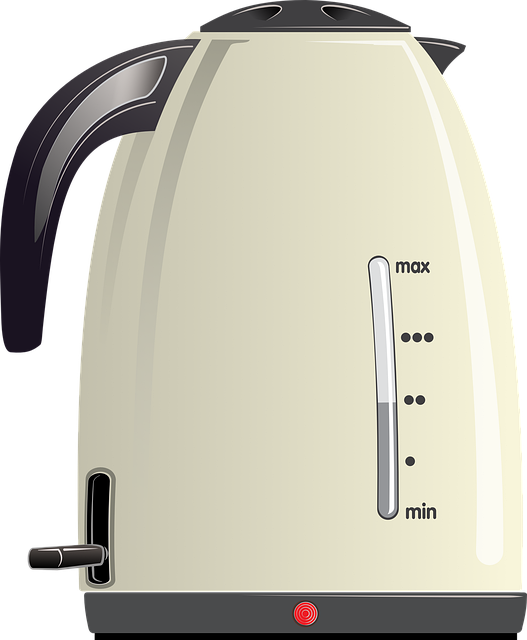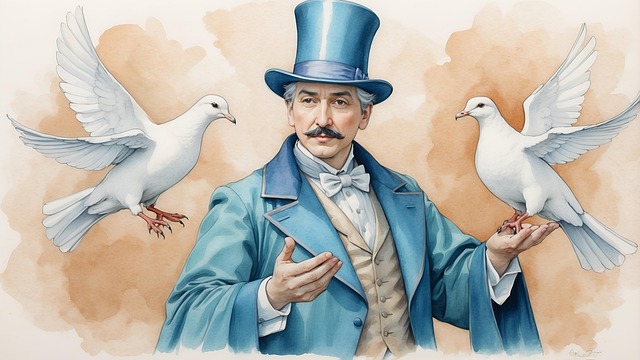To fix a hot water cylinder leak, observe patterns, check for damage, and identify the source (gaskets, connections, valves). Gather tools and safety gear. Turn off main water supply valve. Drain and flush the system. Replace worn parts like gaskets or O-rings. Test for leaks. Maintain regularly for extended lifespan.
Fixing a hot water cylinder leak is an essential home maintenance task. This step-by-step guide will walk you through the process, ensuring efficient hot water cylinder repair. Assess the leak source and extent for targeted solutions. Gather necessary tools and safety gear before beginning. Turn off the water supply to prevent further leakage. Drain the hot water cylinder safely and replace worn O-rings or washers. Test the cylinder post-repair for a secure, leak-free system.
- Assess Leak Source and Extent
- Gather Tools and Safety Gear
- Turn Off Water Supply
- Drain Hot Water Cylinder
- Replace O-Rings or Washer and Test
Assess Leak Source and Extent

To effectively fix a hot water cylinder leak, understanding its source and extent is crucial. Begin by observing the leak’s pattern—is it steady or intermittent? This observation can narrow down the problem areas within your hot water cylinder. Check for visible signs of damage or corrosion on the cylinder itself, its connections, or nearby pipes. Leaks often originate from worn-out gaskets, loose connections, or damaged valves. Inspecting these components is key to pinpointing the leak’s origin.
Moreover, consider environmental factors that might contribute to the issue, such as temperature fluctuations and water pressure variations. If the leak is severe, it could be a sign of internal damage requiring professional repair or even replacement. For minor leaks, you might explore DIY solutions like replacing gaskets or tightening connections. Even basic maintenance tasks, like insulating your hot water pipes for efficiency (a gas hot water cylinder maintenance tip) and unblocking hot water pipes naturally, can help prevent future leaks.
Gather Tools and Safety Gear

Before starting a hot water cylinder repair, ensure you have the right tools and safety gear. This includes a set of adjustable pliers, a wrench suitable for your cylinder’s size, a new O-ring or gasket (depending on the type of leak), and possibly a replacement hot water cylinder if the damage is severe. Always wear protective gloves and eyewear during the repair process to avoid any accidental injuries.
Hot water cylinder maintenance schedule is crucial for preventing leaks. Regular inspection and timely replacement of worn-out parts can save you from expensive repairs. Remember to follow hot water cylinder safety precautions, such as turning off the main water supply valve before beginning any work. If you’re considering replace hot water cylinder yourself, ensure you have the necessary skills and knowledge, or consult a professional for guidance.
Turn Off Water Supply

The first step in repairing a leaking hot water cylinder is to turn off the water supply. This is crucial for your safety and to prevent further damage. Locate your main shut-off valve, usually found near the base of the cylinder or in the nearby plumbing system. Turn it clockwise until it’s tightly closed. Once the valve is shut, you can proceed with the repair without worrying about an ongoing water flow.
This action is a fundamental step in hot water cylinder repair, ensuring you have control over the situation and allowing you to focus on identifying and fixing the leak without any risk of flooding or related hazards, especially if the leak is caused by a faulty boiler or pressure issues that could be exacerbated by continued water supply.
Drain Hot Water Cylinder

To begin fixing a hot water cylinder leak, start by draining the cylinder. This process involves opening the faucet at the bottom of the cylinder to allow the remaining hot water to flow out. Once drained, locate and remove any airlocks or pressure from the system by closing off the cold-water supply valve and flushing the hot water lines.
This initial step is crucial in a hot water cylinder repair as it prevents further pressure buildup and facilitates easier access for troubleshooting electric hot water heaters. Moreover, draining the cylinder makes room for replacement parts if needed. For those seeking affordable hot water cylinder repair options, local experts near them can provide efficient solutions without breaking the bank.
Replace O-Rings or Washer and Test

Once you’ve replaced the gasket, the next step in your hot water cylinder repair is to test its effectiveness. Before turning on the power again, double-check that all parts are secure and correctly fitted. Then, carefully start the hot water supply and observe for any signs of leaks around the base or connections. If there are no leaks, you’ve successfully replaced the worn-out O-rings or washer, and your cylinder is ready to operate once more.
Understanding your hot water cylinder warranty and seeking expert advice on hot water cylinder repairs when needed can significantly extend its lifespan. By learning how to perform basic maintenance tasks like replacing O-rings or washers, you not only save costs but also gain valuable knowledge for future troubleshooting, ensuring you’re equipped to solve common hot water cylinder problems effectively.
Fixing a hot water cylinder leak is a manageable DIY task with the right approach. By following these steps, from assessing the leak source to replacing worn-out O-rings or washers, you can efficiently address the issue. Remember to always prioritize safety and have the necessary tools ready. With a bit of patience, you’ll have your hot water cylinder repaired and running smoothly again in no time, ensuring a reliable supply for your daily needs.
